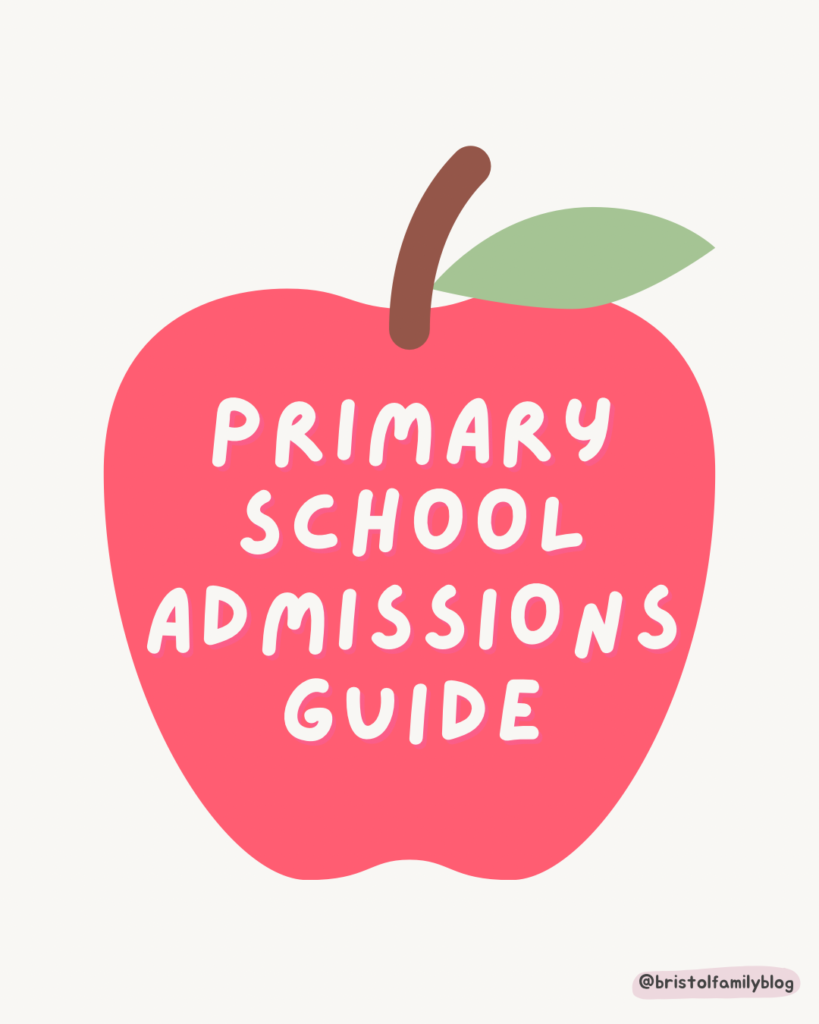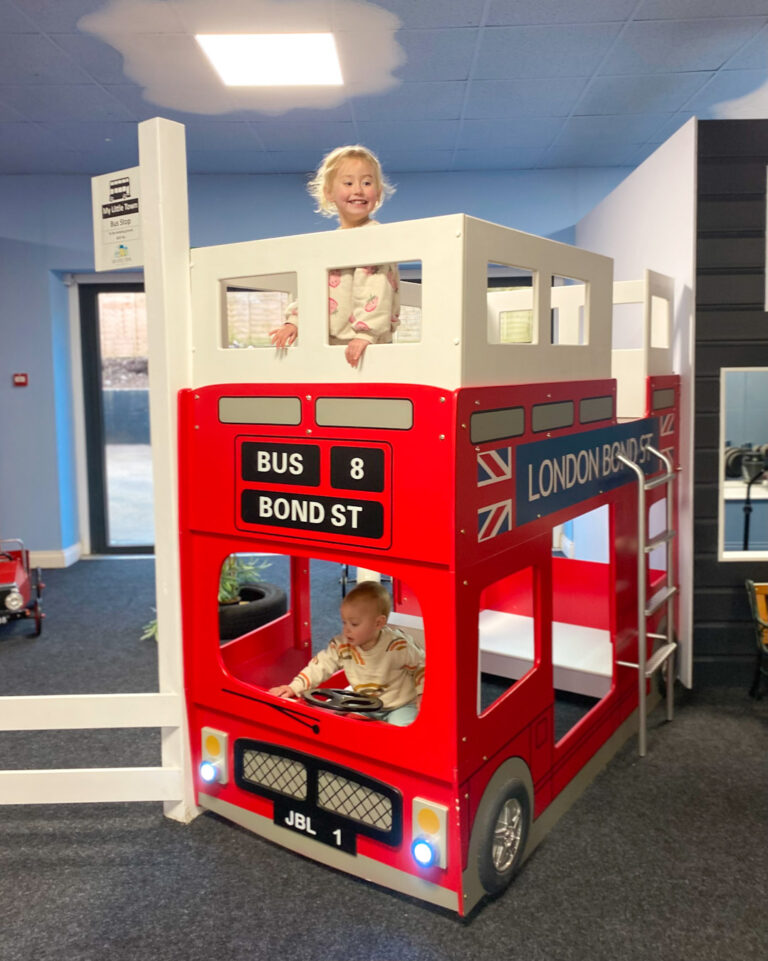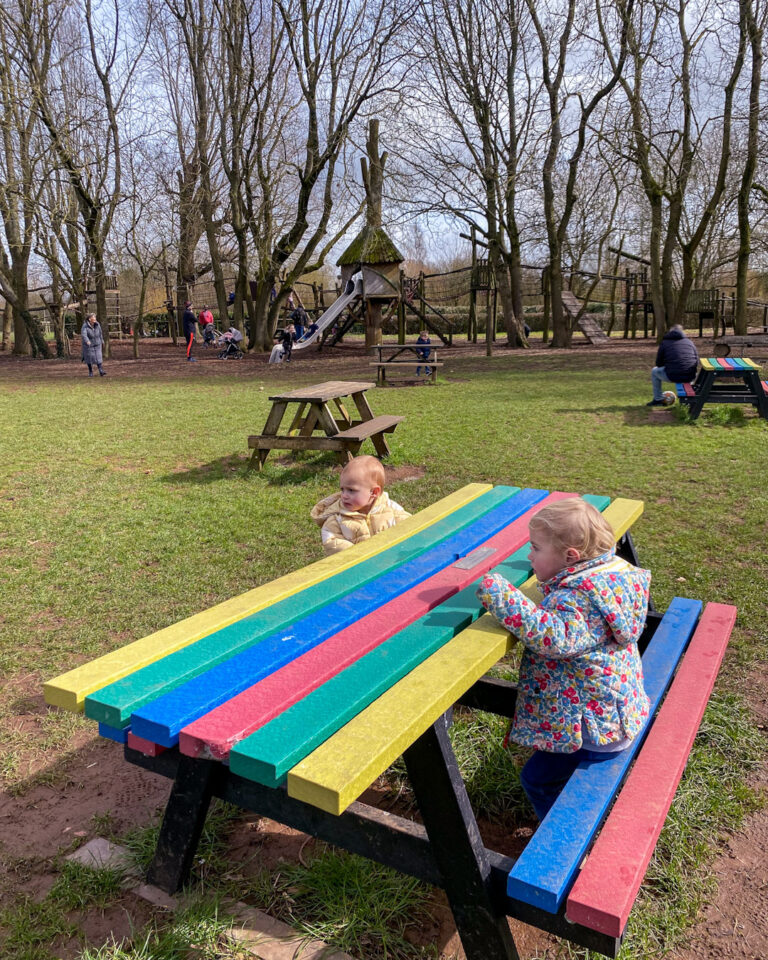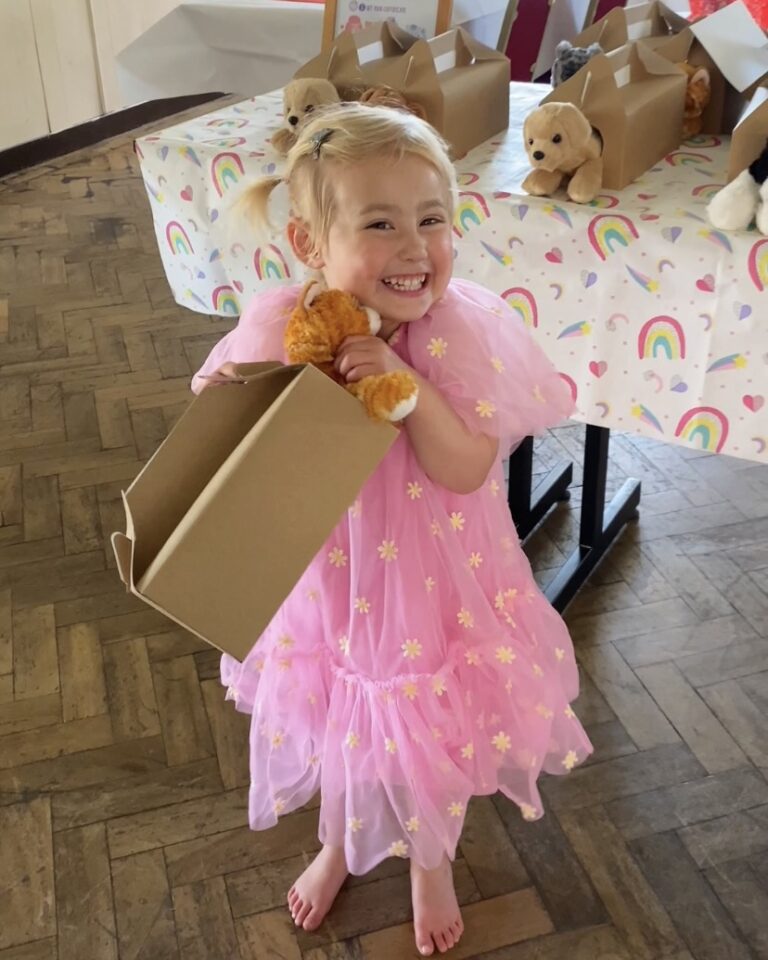Primary School Admission Guide

This guide is an overview of how primary school admission works and suggestions of what to think about from our personal experience. I was looking for something like this when we first applied, so I hope this is helpful!
We applied for primary schools in Bristol, but this post will be relevant to anyone applying to primary schools in England. Different local authorities will have different procedures so always look on your local authority website for information – especially deadlines. Good luck! 🤞
Choosing a Primary School
1. Application Deadline
Check your local authority website for the school application deadline (you can usually apply from September to January for the following September intake). Set a reminder! ⏰
2. Find Potential Primary Schools
Make a list of potential primary schools. Local authorities may have an online map or postcode search to generate a list of your closest schools.
3. School Research
Get an initial impression of the schools from their websites and social media accounts. What are the school values and what do they post about? Some have virtual tours available. Speak to friends, family and neighbours for personal experiences and reputation. Check Ofsted rating and report.
4. Are you likely to be offered a place at your preferred school?
What are your chances of getting a place at the schools you are considering?
- Review school admissions criteria. How does the school allocate places? This may include geographical distances, siblings, staff, postcode lottery, religious links or other criteria.
- Review furthest distance data from your local authority. For most schools, catchment areas change each year depending on birth rates and how many people apply. It is useful to see the furthest distance that a pupil was accepted in previous years for an idea of whether you live in a location likely to be offered a place. Councils often publish (or have available on request) a furthest distance table for schools in the area.
- Check how competitive the school is for places. How many places are available versus how many applications they received last year?
5. School Tours
Book school tours direct with each primary school. These are usually September – January for the following September intake. Tours should give you a feel for the school, learn about the values, curriculum, approach to learning, see indoor/outdoor spaces and sports provision. This is your opportunity to ask questions on anything important to you.
6. Things to Consider
Things you might want to consider when deciding which schools to apply for:
- How long will the school run take and how will you get there? How will it work with other childcare or school drop-offs?
- Does the primary school feed into a secondary school? Whilst this is some time away, it might be worth considering implications for secondary schools.
- Do school policies/values align with yours?
- Can you picture your child at the school?
- What is the atmosphere like?
- Breakfast and after school club provision
- Inclusivity and diversity
- School test results and approach to learning
- SEN support
7. Apply by order of preference
Decide which schools to apply for, your order of preference and apply before the deadline! ⏰ The number of schools you can put down varies by local authority. We were advised by a headteacher to apply for a number of schools as this didn’t reduce our chances of being accepted at our higher priority choices. However, it might be worth checking how your local authority allocates according to preferences.
8. School Offer Day
School offer day is usually in April. Check your local authority website for key dates and more information about admissions. Good luck! 🤞
9. What happens if you don’t get a place at your preferred school?
Have a plan if you do not get your preferred school. You can choose to accept a place at the school you were offered or you may be able to get on a waiting list for your first choice school. Join the waiting list as soon as possible if you choose this. A few places may become available with house moves and children getting places at other schools resulting in a shuffle between April and September. Please note some local authorities publish the results at midnight, so if you are keen to get on a waiting list early, you might want to keep checking at the time of publication.
10. Accept your offer
Do not forget to accept your school offer via the local authority portal! ✅
Links to Local Authority Websites
This guide is an overview of how it works and suggestions of what to think about from my personal experience. There is more information on your relevant local authority’s website about the process:
- Bristol City Council & Furthest Distance Table
- South Gloucestershire Council
- BANES Council
- North Somerset Council
Summer Born Children
Most children start at school the September after turning 4. However, if you have a summer born child who you do not feel is ready to start school at this stage, you may be able to defer them to start the September after they turn 5 instead, or some schools may agree to other flexible options. You usually need to apply to each school individually, so if you are considering this make sure you apply to schools early so you have plenty of time to get responses back. Read the government guidance here. Check your local authority website for more information on this as there may be different processes for different areas. Flexible School Admissions for Summer Borns (England) & Summer Born School Admissions Bristol Info are both very helpful Facebook groups where you can find out more about this process and read about experiences with different schools.
Other Education Options
Home Education
If you are considering home education, there are flexible options for education such as home ed groups and forest schools. UK and Bristol Home Education Facebook groups may be helpful in exploring this as an option.
Private Schools
Bristol is home to a number of private schools, which may be an option for some. Check each school’s website for more information about school fees, open days and and the applications process. We have a post about Redmaids High Junior School which we were invited to visit last year. The small classes and facilities certainly made for a great learning environment.
Thank you for reading!
Please share with anyone new to the primary school admissions process, who might find this overview helpful! We have another version of this post on our Instagram.





